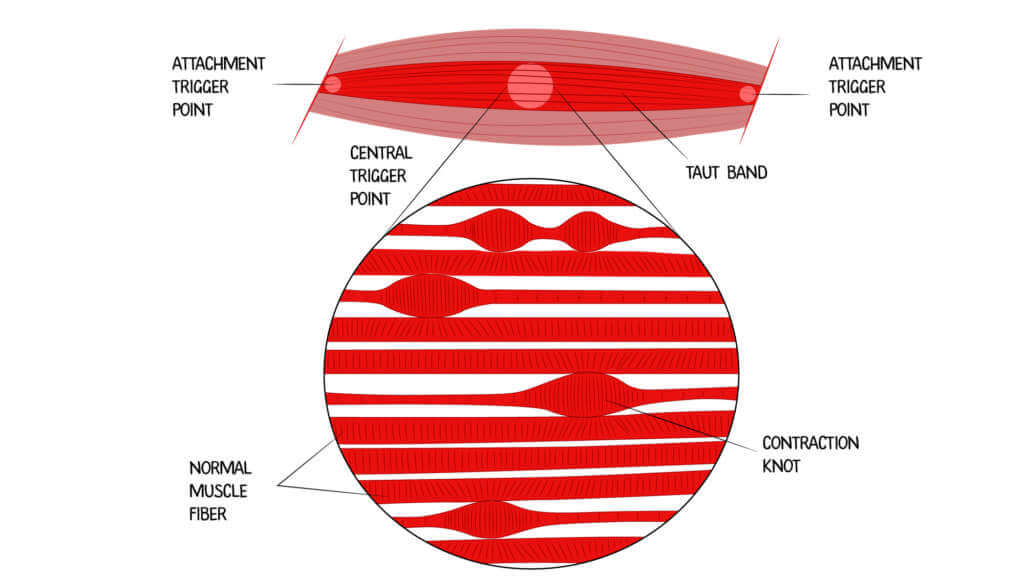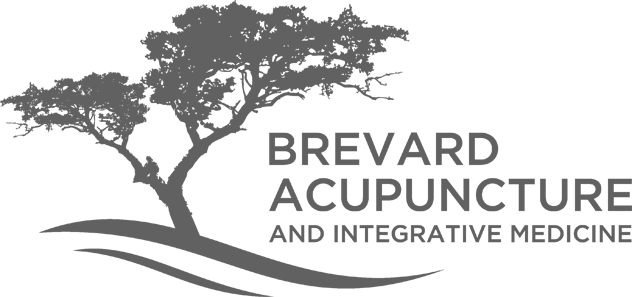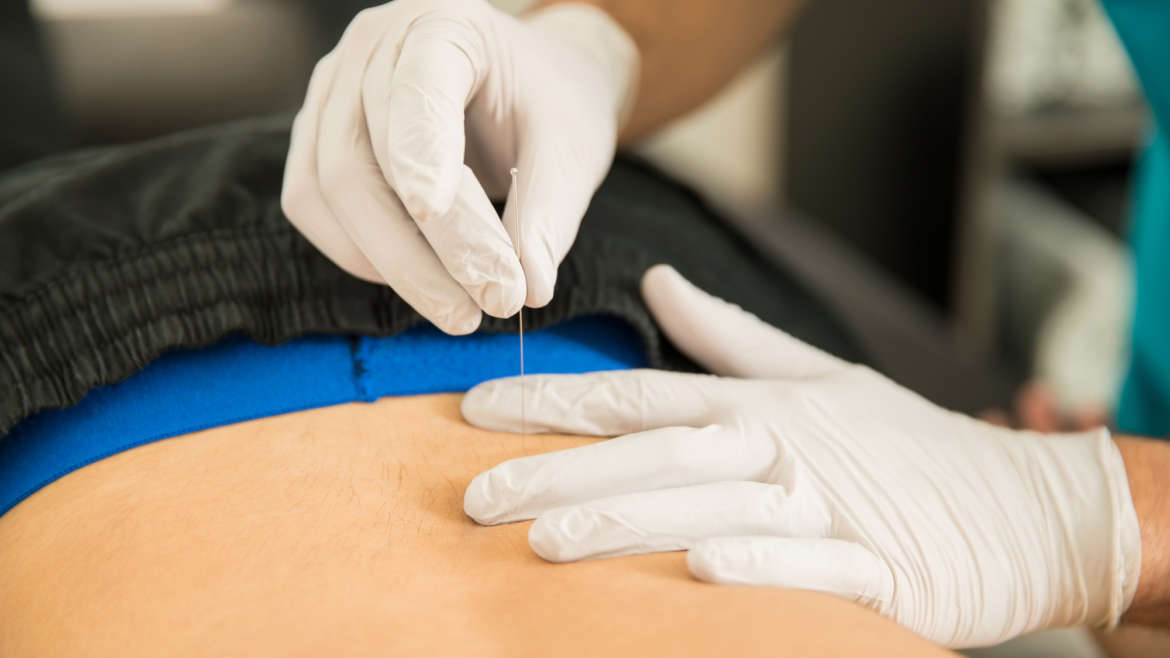Dry Needling in Rockledge, FL
Dry needling is a skilled intervention that uses a thin filiform needle to penetrate the skin and stimulate underlying myofascial trigger points, muscular, and connective tissues for the management of neuromusculoskeletal pain and movement impairments.
Dry needling is beneficial when there are myofascial trigger points (TrPs) within a muscle or group of muscles. TrPs are composed of taut bands of stiff muscle fibers which block off adequate blood supply to the muscle tissue and can cause persistent pain, impairments in the structure of the body, and functional limitations within the muscle. TrPs can cause local as well as referred pain, for instance gluteal TrPs may cause lower back pain with radiating pain down the leg, and neck TrPs may cause chest and shoulder pain with numbness into the fingers. There are dozens of referral patterns and many traditional medical diagnoses are often mistaken for active or latent trigger points.
How do trigger points form?
TrPs can be formed as a result of injury to muscle, and unaccustomed exercise or movement patterns. A lack of exercise, bad posture, chronic psychological stress, vitamin deficiencies, and sleep problems may also contribute to the development of TrPs.

What conditions are associated with myofascial trigger points?
Trigger points are often associated with numerous conditions, such as:
- Headaches
- TMJ
- Whiplash
- Carpal tunnel syndrome
- Pelvic pain
- Lower back pain
- Disc related issues and radiculopathies
- Restless leg syndrome
- Phantom pain
How is dry needling performed?
The practitioner will locate the cause of dysfunction by palpating a taut band of muscle that contains TrPs, this will often feel like tight or restricted muscle tissue, or like a rubber band below the surface of the skin. The practitioner then places a solid filament needle within the taut band to elicit a “twitch response” whch is a natural healing response to the needle therapy. This twitch response will cause the muscle to “let go” and soften, removing the cause of dysfunction and returning the tissue to a healthy state.
After needling, the patient may be instructed to stretch to reduce any possible soreness and apply heat or additional needle therapies such as traditional acupuncture will be performed to help facilitate the healing process.
Does dry needling hurt?
The release of trigger points can be intense for some people, depending on which particular muscle group. Sometimes people will not feel the needle going in, but rather they feel the release and twitch of the muscle, which is typically the most uncomfortable portion of the procedure. Afterwards their can be soreness and redness around the area that was released, which can last for several hours to many days afterwards.
Is dry needling acupuncture?
Dry needling has many similarities to acupuncture although it differs slightly in that it targets the muscles to elicit the twitch response to eliminate pain and dysfunction. Unlike acupuncture, the needles are immediately removed. Dry needling and traditional acupuncture may be used depending on the clinical goals and the unique situation of the patient.
How often should dry needling be performed?
Dry needling is typically performed once a week and may be used together with exercise and other conventional therapies.
Get In Touch
Contact Us Today!
To find out how our services can help you please call (321) - 802 - 1046 to schedule your initial consultation. Alternatively, please provide us with some brief contact information below and your interest and we will do our best to connect within 1-2 business days.
Please note we are NOT able to answer specific health questions via this form.


